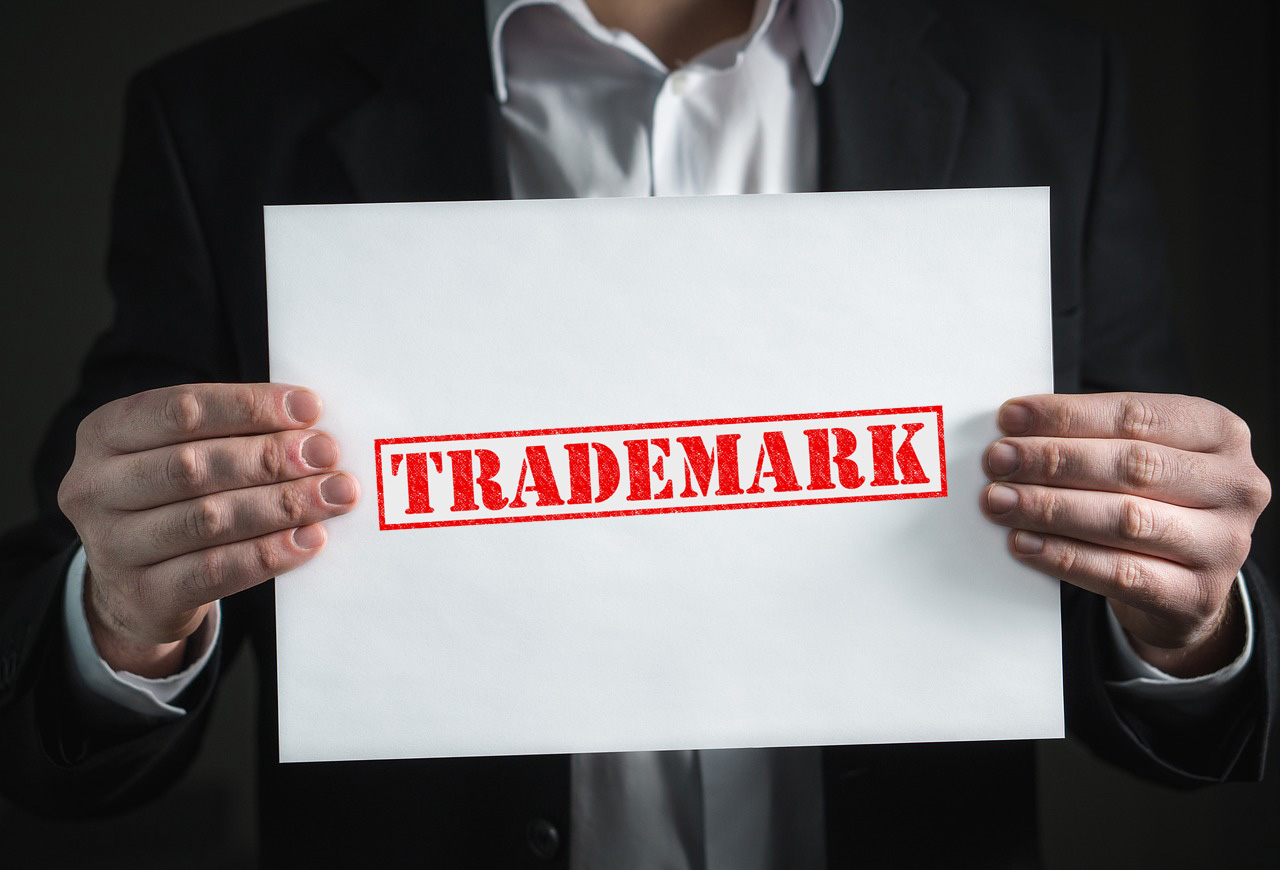Introduction
Trademarks are essential assets for businesses, providing legal protection for brand names, logos, and slogans. They signify the source of goods and services, helping consumers distinguish between different offerings in the marketplace. However, obtaining a trademark is just the first step; maintaining that trademark through renewal is equally important. The trademark renewal process ensures that the trademark remains active and enforceable, protecting the brand’s identity and preventing others from using similar marks that could confuse consumers. This article delves into the trademark renewal process, exploring its significance, requirements, and the steps involved to ensure your trademark remains protected over time.
Understanding Trademarks
What is a Trademark?
A trademark is a recognizable sign, design, or expression that distinguishes products or services of one entity from those of others. It can be a word, phrase, symbol, design, or a combination of these elements. Trademarks are vital for branding and marketing, as they help create a unique identity in the marketplace.
Importance of Trademark Protection
Trademark protection offers several benefits. It grants exclusive rights to use the mark in connection with the goods and services specified in the registration. This exclusivity helps prevent others from using a confusingly similar mark, safeguarding the brand’s reputation. Trademarks also provide legal recourse against infringement and can enhance the value of a business by creating goodwill and recognition among consumers.
The Trademark Registration Process
Initial Application
Before discussing the renewal process, it’s essential to understand how a trademark is initially registered. The registration process typically involves the following steps:
- Trademark Search: Conducting a comprehensive search to ensure that the desired trademark is not already registered or in use by another entity. This step helps avoid potential conflicts and rejections.
- Application Submission: Preparing and submitting a trademark application to the appropriate government agency, such as the United States Patent and Trademark Office (USPTO) in the United States. The application includes details about the trademark, the goods and services it will represent, and the basis for registration.
- Examination: After submission, the application undergoes examination by a trademark examiner. The examiner checks for compliance with legal requirements, assesses the distinctiveness of the mark, and identifies any conflicting registrations.
- Publication: If the application passes examination, it is published in the Official Gazette, allowing third parties to oppose the registration if they believe it conflicts with their existing rights.
- Registration: If no opposition is filed or if any opposition is resolved in favor of the applicant, the trademark is registered, and a registration certificate is issued.
Duration of Trademark Protection
In most jurisdictions, once a trademark is registered, it remains in force for a specific period, typically ten years. However, the protection is not indefinite. To maintain the trademark’s validity, the owner must take action to renew the registration before it expires.
The Trademark Renewal Process
Importance of Renewal
Renewing a trademark is crucial to retaining its protection. If a trademark is not renewed, it may be canceled or become vulnerable to challenges from other entities. Renewal ensures that the trademark remains active, allowing the owner to continue using it and enforcing their rights against potential infringers.
Renewal Timeline
The renewal timeline varies by jurisdiction, but generally, trademark registration online owners should begin the renewal process six months to one year before the registration’s expiration date. Proactive renewal helps avoid lapses in protection and additional complications associated with reinstating a lapsed trademark.
Renewal Requirements
The requirements for renewing a trademark registration depend on the specific laws and regulations of the jurisdiction. In the United States, for instance, the USPTO requires the following:
- Filing a Renewal Application: Trademark owners must file a renewal application with the USPTO. The application typically includes basic information about the trademark, the goods and services associated with it, and the trademark owner’s details.
- Declaration of Continued Use: Along with the renewal application, the trademark owner must submit a declaration of continued use. This declaration verifies that the trademark is still in use in commerce for the specified goods and services.
- Specimen Submission: Trademark owners are often required to provide a specimen demonstrating the trademark’s current use. This specimen serves as proof that the trademark is actively being used in connection with the goods or services.
Different Renewal Filings
In the United States, there are different renewal filings depending on the stage of registration:
- Section 8 Declaration: Between the fifth and sixth year after registration, trademark owners must file a Section 8 Declaration to confirm that the trademark is still in use. This filing is necessary for maintaining the registration and ensuring that the trademark does not become abandoned.
- Section 9 Renewal Application: After the initial Section 8 Declaration, trademark owners can file a Section 9 renewal application to renew the trademark for another ten years. This application must be filed every ten years to keep the trademark active.
- Combined Section 8 and 9 Filing: Trademark owners may also have the option to file a combined Section 8 and Section 9 application during the ten-year renewal cycle. This combined filing simplifies the process and ensures compliance with both requirements.
Steps in the Trademark Renewal Process
Step 1: Review Registration Details
Before initiating the renewal process, trademark owners should review their registration details to ensure that all information is accurate and up to date. This includes verifying the trademark owner’s name, address, and the goods and services associated with the trademark. Accurate information is essential for a smooth renewal process.
Step 2: Prepare Renewal Application
The next step is to prepare the renewal application. Depending on the jurisdiction, this application may require specific forms, information, and supporting documents. For instance, in the United States, the trademark owner must fill out the appropriate forms provided by the USPTO.
Step 3: Submit Declaration of Continued Use
Along with the renewal application, the trademark owner must submit a declaration of continued use. This declaration affirms that the trademark is still in active use and that there has been no abandonment. It is crucial to provide truthful information in this declaration, as false statements can lead to legal consequences.
Step 4: Provide Specimen of Use
To support the declaration of continued use, trademark owners are typically required to submit a specimen of use. This specimen should demonstrate how the trademark is currently used in commerce. Acceptable specimens may include product packaging, labels, promotional materials, or screenshots of online listings that showcase the trademark in connection with the goods or services.
Step 5: Pay Renewal Fees
Once the renewal application, declaration, and specimen are prepared, trademark owners must pay the associated renewal fees. The fees vary by jurisdiction and depend on factors such as the number of classes of goods or services covered by the trademark. Timely payment of renewal fees is crucial to avoid lapses in trademark protection.
Step 6: Monitor Renewal Status
After submitting the renewal application, trademark owners should monitor the status of their application. Many jurisdictions provide online tools to track the progress of trademark applications. It is important to ensure that the renewal is processed successfully, and any issues or requests for additional information from the trademark office are addressed promptly.
Consequences of Failing to Renew
Loss of Trademark Protection
If a trademark is not renewed before its expiration date, it may lose its protected status. This loss can have significant consequences for the trademark owner. Without active protection, other entities may begin using similar marks, leading to confusion among consumers and potentially diluting the brand’s identity.
Risk of Abandonment
Failing to renew a trademark can also lead to a legal presumption of abandonment. If a trademark is deemed abandoned, it may become available for registration by other parties. This situation can create a competitive disadvantage for the original trademark owner, as they may lose the exclusive rights to their brand identity.
Difficulty in Reinstatement
In some jurisdictions, reinstating a lapsed trademark can be a complex and costly process. Depending on how long the trademark has been inactive, the owner may need to file additional applications, provide extensive documentation, and pay additional fees. Reinstatement is not guaranteed, making it crucial to prioritize timely renewal.
Special Considerations
International Trademark Renewals
For businesses operating globally, it is important to understand that trademark renewal processes vary significantly by jurisdiction. While some countries have straightforward renewal processes, others may have unique requirements or timelines. If your trademark is registered in multiple countries, ensure that you are aware of the specific renewal deadlines and requirements for each jurisdiction.
Trademark Maintenance
In addition to the renewal process, trademark owners should also engage in ongoing maintenance of their trademarks. This includes monitoring for potential infringements, taking legal action against unauthorized use, and keeping registration information current. Regular maintenance ensures that the trademark remains enforceable and protected.
Seeking Professional Assistance
Given the complexities involved in trademark registration and renewal, many trademark owners choose to seek professional assistance. Trademark attorneys or intellectual property specialists can provide valuable guidance throughout the renewal process, helping to navigate legal requirements and ensuring compliance with relevant regulations.
Conclusion
The trademark renewal process is a critical aspect of trademark management that ensures ongoing protection and enforcement of brand identity. By understanding the importance of renewal, following the necessary steps, and being aware of the consequences of failing to renew, trademark owners can maintain their rights and safeguard their brands. Whether operating in a local or international market, staying proactive in the trademark renewal process is essential for preserving brand integrity and preventing potential legal issues. Through careful planning and timely action, businesses can ensure that their trademarks remain active and valuable assets in the competitive marketplace.



